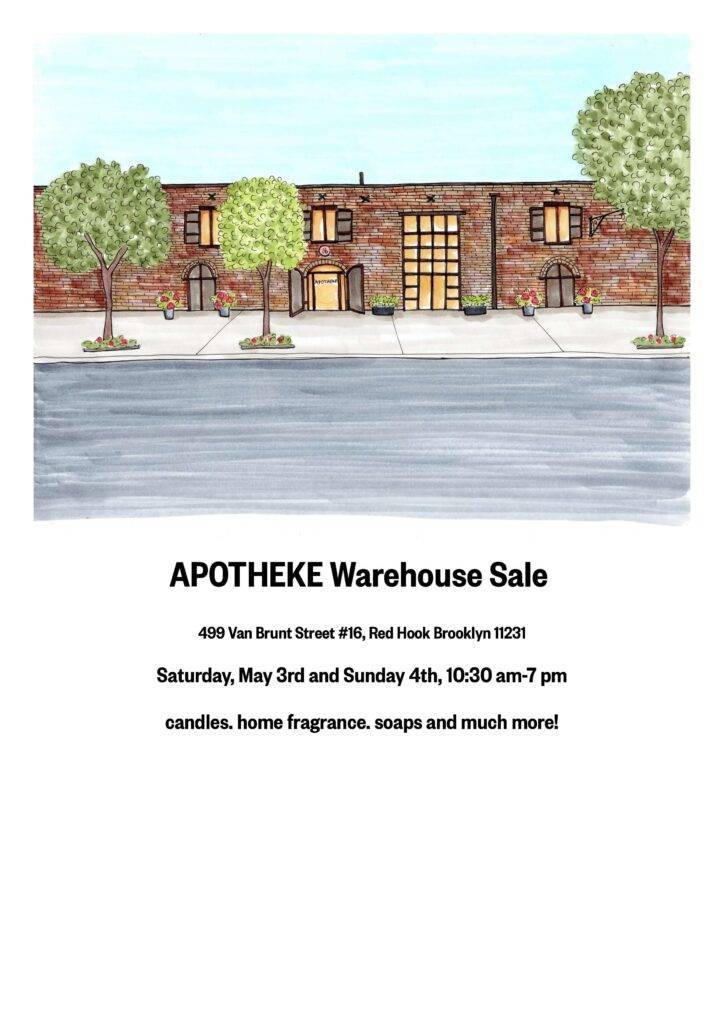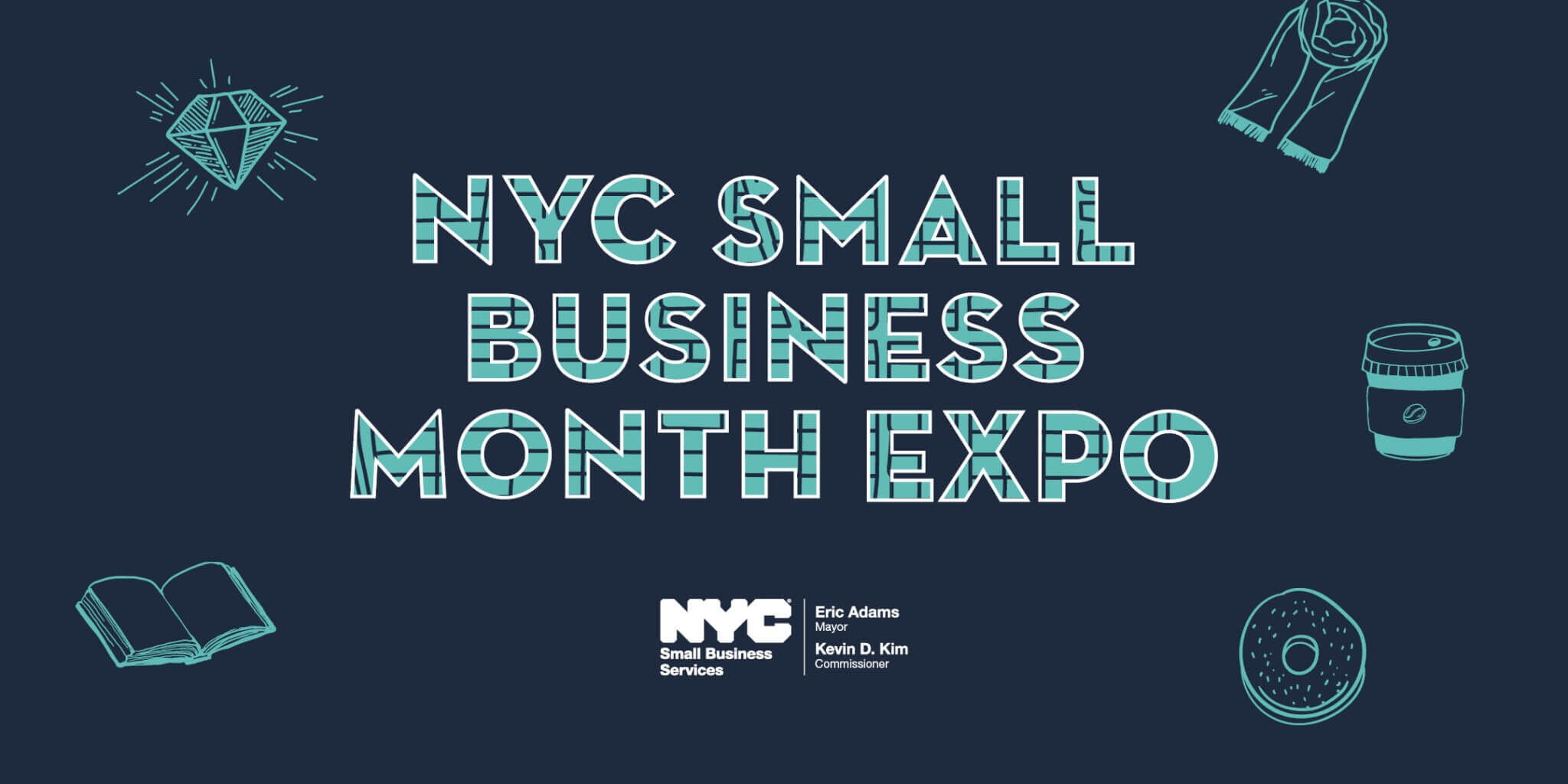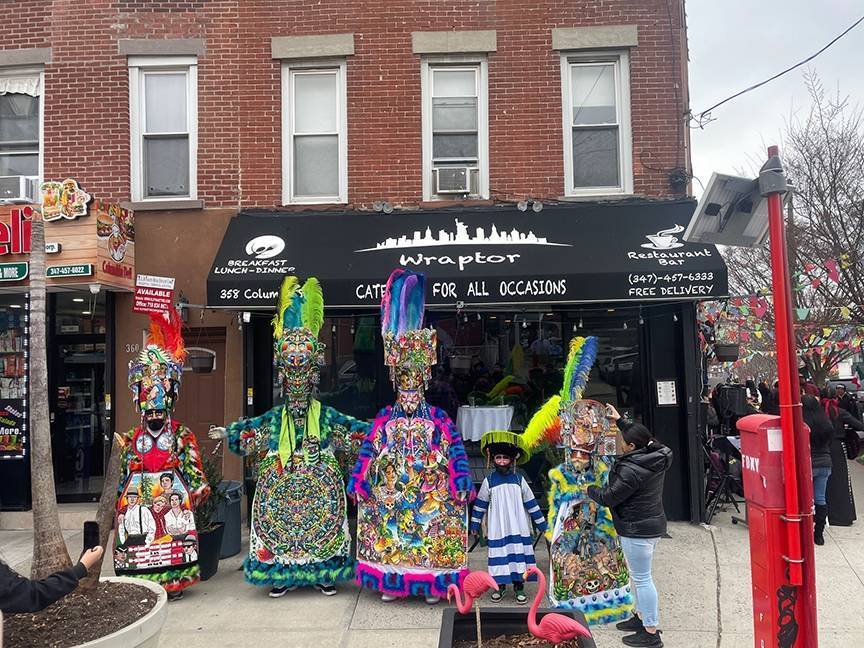The city is infested with rats, was recently thrown into a state of emergency by rainfall, and Mayor Adams has ordered that the city’s budget be cut by 15% in the coming months: understandably, participatory budgeting may not be top of mind for many. Nevertheless, on a rainy Thursday evening in September, ten volunteers and a couple of attendees met in the Windsor Terrace Library’s community room to brainstorm ideas that could be submitted for funding via Council Member Shahana Hanif’s participatory budget process.
Over a decade ago, the New York City Council launched the first participatory budget process. Through this process, council members can opt to allow residents to decide how to allocate part of their capital discretionary funds. Twenty-nine of the city’s 51 city council districts are participating in NYC Participatory Budgeting for their constituents this year, including both Council Members Shahana Hanif and Alexa Avilés. Hanif, whose District 39 covers Park Slope, Gowanus, Borough Park, Carroll Gardens, Cobble Hill, Windsor Terrace, and Kensington, has $1.5 million allocated for capital project funding, as well as $50,000 for expense project funding.
The participatory budgeting process kicks off annually in the fall, with any person over the age of 11 who lives or goes to school in the district being welcome to propose ideas through the end of October. Hanif’s office will create a civic assembly to consolidate the ideas (removing duplicates) or to expand on them if they need more details, before ranking them as lists of district priorities. The priorities will then be sent to city agencies for feedback on which projects are viable. Nonprofits will also be contacted so that they may submit proposals to match the projects. The projects will be further developed by volunteers in partnership with the non profits until late March, when voting will take place.
In 2016, the district used $250,000 to create an outdoor reading garden at the Park Slope Library, complete with a storytelling amphitheater, community gardening space, planters and more. Another product of participatory budgeting in District 39 is the aquatic weed harvester in Prospect Park, which cost $140,000. This year, ideas will be divided into four different categories: environmental, arts & culture, economic justice, and environmental.
In a 2019 Star-Revue article reporter Brett Yates noted some of the program’s growing pains, including a lack of transparency before voting. While City Council’s main office has yet to post a map or form where ideas can be submitted this year, Hanif’s office has been particularly communicative about its process. For weeks, the office has shared updates on how to get involved via its newsletters and outreach to local schools.
Participatory Budgeting, with its modest projects and liberal voting base, may feel a bit like a way to pander to constituents. In practice, it is a rare chance for civic engagement with impact. The process brings community members together to brainstorm and discuss how to improve their neighborhoods. It also provides a better understanding of community needs. For example, according to Hannah Henderson-Charnow, District 39 Outreach Director, so many schools originally requested air conditioning via participatory budgeting that air conditioning infrastructure was added to the School Construction Authority’s capital plan for schools at the city level.
Most important, the process offers people an opportunity to share ideas in a constructive way. When it feels like a safe bike lane built on your street seems impossible or you start to feel that the city is doing nothing to address the unhoused population, participatory budgeting stands as one way to not just note a problem, but to propose the solution. Not every idea is selected, but the ideas are tracked on where they may inspire others.
Ideas collection kicked off for District 39, with an event devoted to the environment on September 28. After a short round of NYC budget trivia as an icebreaker, attendees were divided into groups to either discuss the ideas they had brought to share or to brainstorm ideas together. From an avid environmentalist passionate about ensuring all students receive curriculum about climate change to a tentative young woman who only knew that there was a need to minimize extreme heat, the room was abuzz with purpose.
Many community meetings go over their scheduled times with random interjections or complaints that turn into monologues. Attendees leave exhausted, silently calculating when the next three-day weekend is so they can recover from the grueling nature of performing one’s civic duty. Instead, the first participatory budget event lasted just a few minutes longer than intended, as participants eagerly thought up more and more ideas on how to improve the neighborhoods. When I stepped out of the library, it was about 8pm, the sun had set, and it had been a full 12 hours since I had left my house for work that morning, but I did not feel exhausted. For the first time in a while, I felt optimistic, knowing that other people also cared about District 39, and that together, we could dream up ways to make life a little better.
Interested in getting involved? Community members will be able to post ideas online via the City Council’s map once it is published. In-person idea collection events for District 39 will be held throughout October: arts & culture ideas on October 10 at Old Stone House Lawn, economic justice ideas on October 21 at Emma’s Torch, and education ideas on October 28 at the Council Member’s tabling event at the PTA Fun Run.









